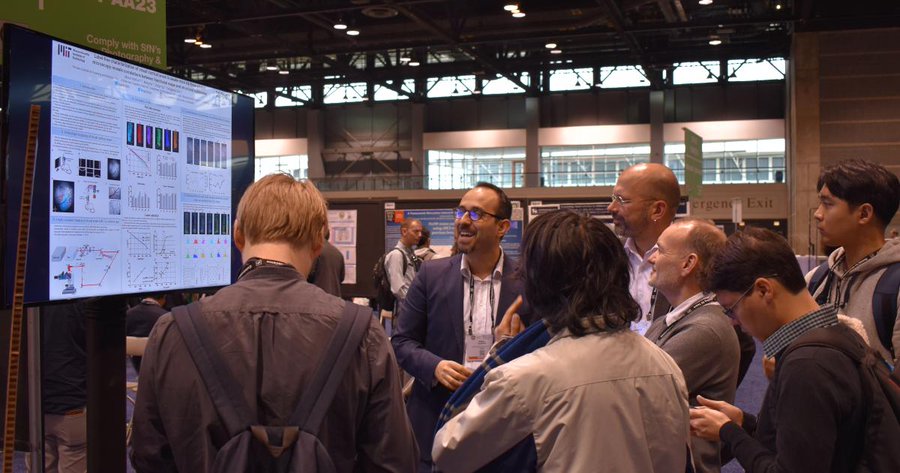Picower’s newest K99 recipient, as of May 1, is Murat Yildirim, a member of Newton Professor Mriganka Sur’s lab. A microscope engineer, Yildirim came to MIT because he wanted to do more than just build better imaging technology – he also wanted to apply that advanced imaging to neuroscience.
[ Source: The Picower Institute | June 23rd, 2020 ]
A typical grant from the National Institutes of Health supports research in an established professor’s lab. But a special grant called a “K99” helps postdocs establish their own labs, not only by supporting and expanding their research but also their ability to carry it forward as independent scientists. The competitive grants are considered an honor – one that six Picower Institute postdocs have earned in the past four years out of 23 total awarded at MIT.
In April, for instance, Priyanka Narayan moved from Cambridge to Bethesda, Md., to transition her research on Alzheimer’s disease from the lab of Picower Institute Director Li-Huei Tsai to her own lab as a new intramural tenure-track investigator at the NIH.
When Narayan first started at MIT as a postdoc in the lab of the late Professor Susan Lindquist, she began studying the fundamental molecular and cellular effects of gene variants that increase Alzheimer’s disease risk, like ApoE4, by engineering them into yeast. After joining the Tsai lab and earning the K99 award she has expanded her research skills and horizons. With the award she gained the skills to test hypotheses from her yeast screens in human brain cell cultures derived from stem cells.
Called the “Pathway to Independence Award” the K99 provides postdocs with two years of funding to build skills and develop a career plan to launch a research program they can take with them to a new institution, such as a university or other academic research lab. When they successfully complete the postdoc stage, they earn the next-stage grant, an R00, for their first three years of their new position.
“The K99 funds two years of your postdoc to do something that will really skyrocket your research to a new and different place,” Narayan said. “My time in the Tsai lab has transformed my vision of what my research lab could be from what I could have imagined three or four years ago.”
Picower’s newest K99 recipient, as of May 1, is Murat Yildirim, a member of Newton Professor Mriganka Sur’s lab. A microscope engineer, Yildirim came to MIT because he wanted to do more than just build better imaging technology – he also wanted to apply that advanced imaging to neuroscience. Co-advised by Sur and mechanical engineer Peter So, Yildirim has embarked on an ambitious program of studying how multiple regions of the brain connect and communicate to enable short-term memory. To advance those studies he built a “three-photon microscope” that can image neural activity through thicker volumes of a mouse’s brain than ever before, but he is gaining the skills to combine those measurements with those of more conventional two-photon scopes across multiple brain regions in behaving rodents to understand the functional significance of correlated neural activity. He is also learning how to use optogenetics, a technology that makes neurons controllable with flashes of visual light, to directly manipulate neural functions in circuits.
Yildirim said he enjoys the skill-building collaborations and mentoring experiences the K99 promotes.
“I have many colleagues helping me to accomplish these tasks,” he said. “I don’t think that right now neither myself nor anyone else who is doing neuroscience can say that everything I can show you is done by myself – there is no way.”
Yildirim said the Sur lab’s recent success in earning K99s – former lab member Rafiq Huda transitioned from the lab earlier this year to a new faculty position at Rutgers University and a few years before Michael Goard had become an assistant professor at UC Santa Barbara – helped inspire him to apply. Applying for a K99 is typically hard work – applications are often rejected the first time, requiring young researchers to make improvements before venturing a subsequent try. Applicants aren’t just proposing research, after all. They are also figuring out career goals, determining the new skills they’ll need and the plan to acquire them, including which mentors they’ll turn to. Then the grant puts them on a two-year “clock” before they are supposed to find an independent position.
